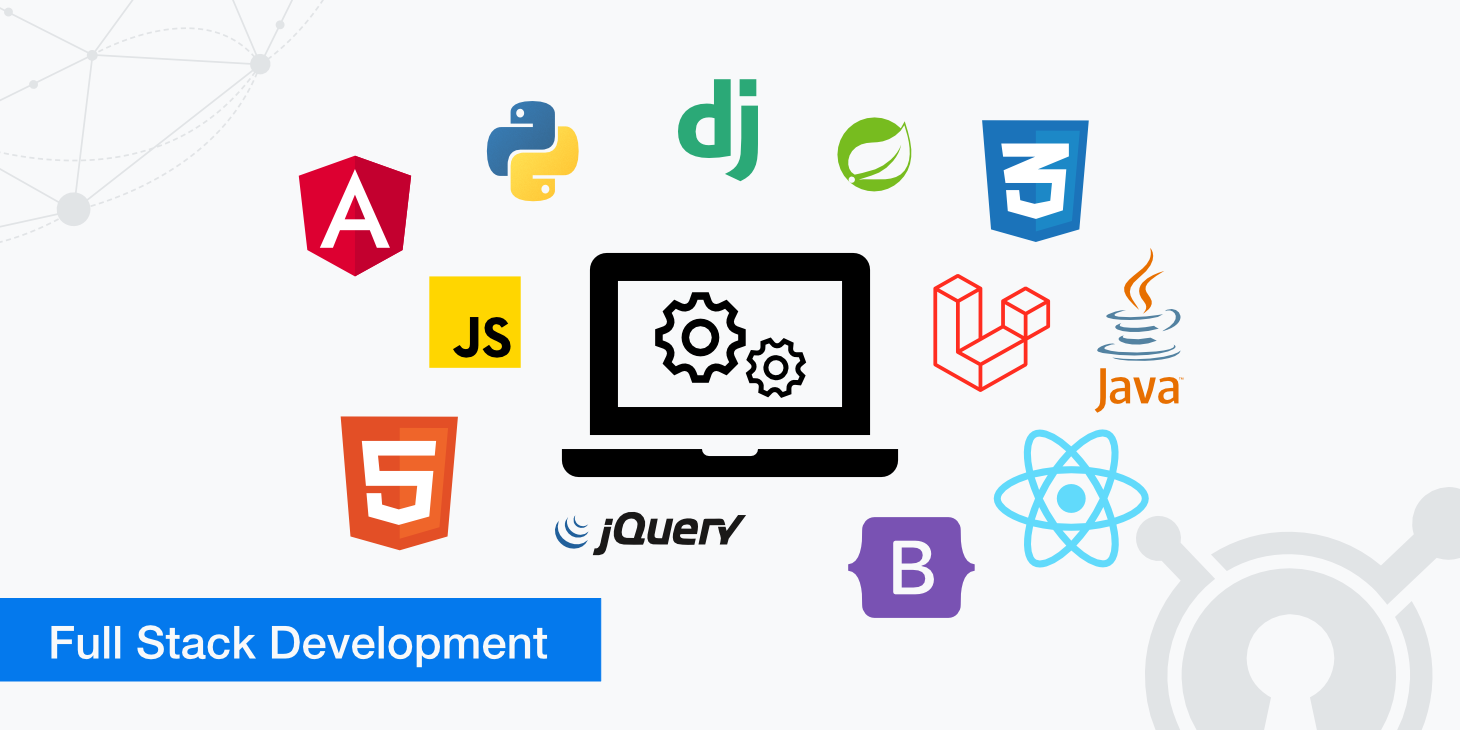Index Surge: Amplifying Your Insights
Stay updated with the latest trends and news across various industries.
Full-Stack Development: Where the Front Meets the Back
Dive into the world of full-stack development and discover the secrets where front-end creativity meets back-end power!
Understanding the Full-Stack Development Workflow: From UI to Database
Understanding the full-stack development workflow is crucial for developers aiming to create dynamic web applications. The workflow encompasses everything from the user interface (UI) to the database, ensuring a seamless connection between the front-end and back-end. Typically, this process starts with the design of the UI, where developers create engaging layouts and interactive elements using technologies like HTML, CSS, and JavaScript. By prioritizing user experience and accessibility, developers can ensure that their applications are not only functional but also visually appealing.
Once the UI is defined, the full-stack development workflow transitions to the back-end, where data management and server-side programming come into play. This typically involves selecting a suitable database technology, such as MySQL or MongoDB, to store the application’s data. Developers must also implement server-side logic using languages like Node.js, Python, or Ruby to handle requests from the front-end. By understanding how the UI and database interact, full-stack developers can create robust applications that offer a seamless user experience while efficiently managing data behind the scenes.

Key Technologies Every Full-Stack Developer Should Master
In today's dynamic tech landscape, full-stack developers play a crucial role by bridging the gap between front-end and back-end development. To excel in this field, there are several key technologies that every full-stack developer should master. First and foremost, understanding HTML, CSS, and JavaScript is essential for creating responsive and user-friendly interfaces. Additionally, proficiency in frameworks like React or Vue.js can greatly enhance productivity and application performance.
On the back-end side, familiarity with Node.js and Express.js is vital for building robust server-side applications. Equally important is a strong understanding of databases; both SQL databases like PostgreSQL and NoSQL databases like MongoDB should be within a developer's skill set. Furthermore, knowledge of version control systems, particularly Git, and basic DevOps principles can streamline collaboration and improve deployment processes. Mastering these technologies will equip full-stack developers with the tools necessary to create comprehensive and scalable applications.
Common Challenges in Full-Stack Development and How to Overcome Them
Full-stack development involves a variety of challenges, as developers must juggle both front-end and back-end technologies. One common issue is integration difficulty, where front-end and back-end systems do not communicate effectively. This can lead to data inconsistencies and a poor user experience. To overcome this challenge, developers should implement robust API design practices and utilize frameworks that facilitate smooth interaction between the two ends. Regular testing and feedback loops can also help identify integration problems early in the process.
Another significant hurdle in full-stack development is the ever-changing technology landscape, which can make it overwhelming for developers to stay updated. With new frameworks, libraries, and tools emerging constantly, keeping skills current is essential yet challenging. One way to tackle this issue is through continuous learning; developers should allocate time for regular skill improvement through online courses, workshops, and tech meetups. Additionally, joining developer communities can provide valuable insights and support as they navigate the complexities of evolving technology.